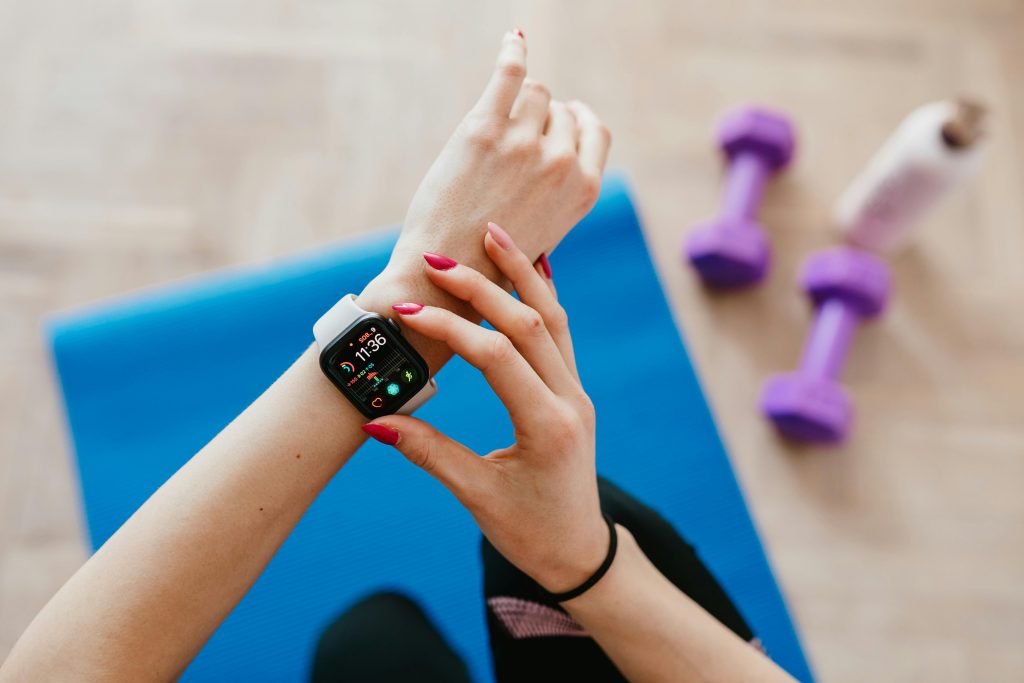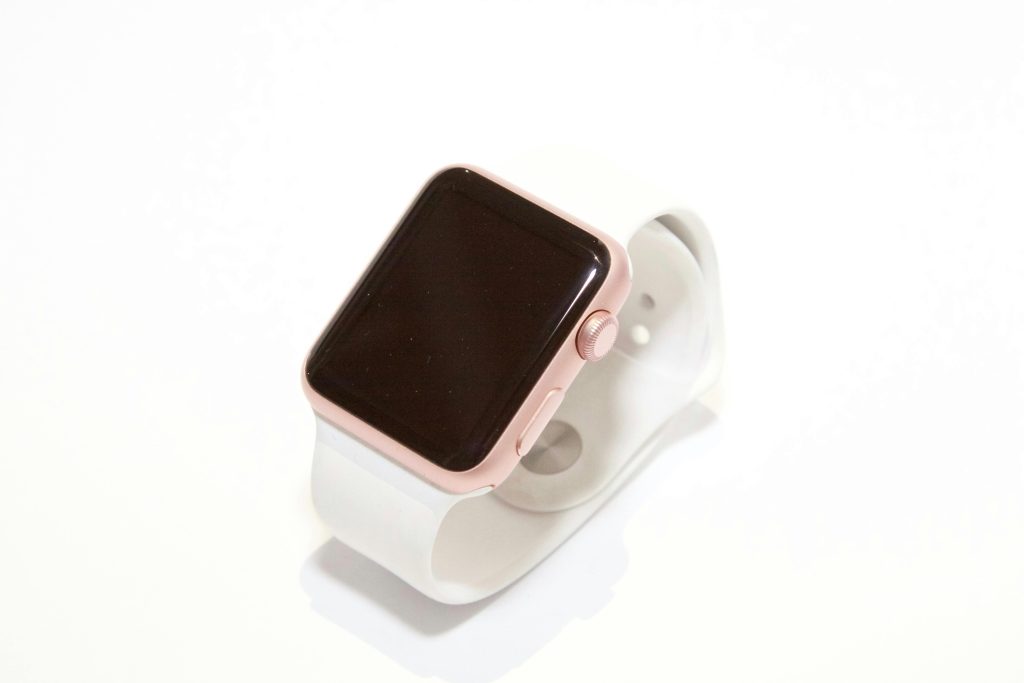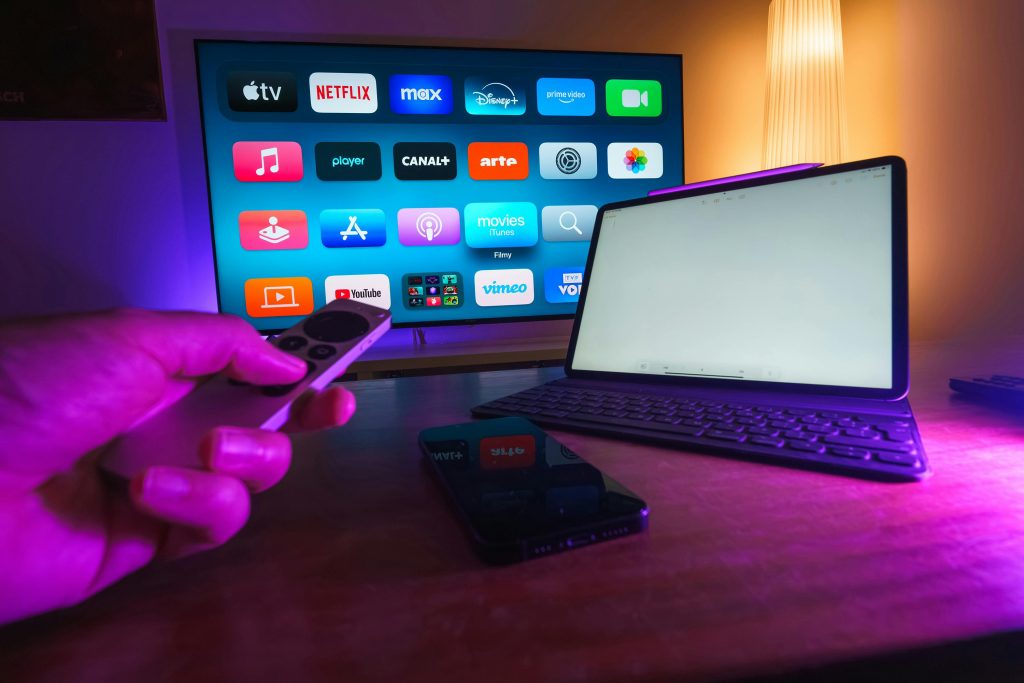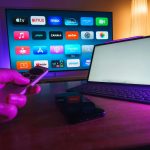Introduction
From smartwatches and fitness bands to health trackers and AR glasses, wearable technology has evolved into more than just a trend—it’s now a daily tool for productivity, wellness, and connection. But owning a wearable device is only the first step. To truly succeed in wearables and tech, you need to understand how to use, maintain, personalise, and integrate them into your lifestyle.
At TrackPath, we help you get the most out of your wearable gear. Whether you’re tracking sleep, boosting your workouts, or staying connected hands-free, this guide shares our top tips for mastering wearables and wearable tech in 2024 and beyond.
1. Choose the Right Wearable for Your Lifestyle
Not all wearables are created equal. Select one that matches your goals, whether that’s fitness, productivity, or wellness.

Ask yourself:
- Do I want advanced fitness metrics or basic activity tracking?
- Is battery life or design more important to me?
- Do I need standalone functionality (e.g., LTE or music playback)?
Tip: Avoid overbuying. A mid-range tracker may suit your needs better than a top-tier smartwatch if your focus is purely on steps and heart rate.
2. Set Clear Goals and Use Your Data
Most wearables are packed with sensors—but success comes from knowing how to interpret the data.
Actionable tips:
- Set realistic daily or weekly goals (e.g., 10,000 steps, 7 hours of sleep)
- Review trends, not just daily stats
- Use app insights to adjust behaviour (e.g., bedtime routines, hydration, recovery days)
Insight turns metrics into meaningful progress.
3. Regularly Sync and Back Up Your Data
Your wearable’s full potential lies in its companion app or platform.
- Sync daily to avoid data loss and keep dashboards updated
- Turn on cloud backup (via Apple Health, Google Fit, Garmin Connect, Fitbit, etc.)
- Export data monthly for long-term tracking or health reviews
This ensures continuity—even if you change devices or switch platforms.
4. Maintain and Clean Your Wearables
Wearables are exposed to sweat, skin oils, and the elements—so regular care is critical.

Maintenance best practices:
- Clean bands and sensors weekly with mild soap and water
- Avoid harsh cleaners or abrasive fabrics
- Remove and dry your device after workouts or swimming
- Replace worn straps or damaged screen protectors promptly
A clean device is not only more hygienic—it ensures more accurate readings.
5. Optimise Battery Life Without Losing Features
Battery anxiety is common, but it’s avoidable.
Smart battery tips:
- Reduce screen brightness or limit always-on displays
- Turn off unused features (e.g., constant GPS or notifications)
- Use low-power modes during travel or sleep
- Keep firmware up to date for battery optimisations
Balance performance with efficiency based on how and when you use your device.
6. Explore and Customise App Integrations
Extend the functionality of your wearable through smart integrations.

- Link your wearable to apps like Strava, MyFitnessPal, or Calm
- Automate tasks via IFTTT or Shortcuts (e.g., log water when you hit a step goal)
- Sync sleep and heart rate data to your health provider’s portal if supported
The more personalised your ecosystem, the more useful your device becomes.
7. Use Wearables for More Than Fitness
While health tracking is the core feature of most wearables, many offer added value in:
- Navigation: Turn-by-turn directions on your wrist while cycling or hiking
- Payments: Tap-to-pay without needing your phone or wallet
- Smart Home Control: Control lights, thermostats, or garage doors via voice or taps
- Time Management: Use timers, alarms, calendar notifications, and reminders
These micro-interactions save time and keep your day running smoothly.
8. Stay Informed with Firmware and Feature Updates
Manufacturers regularly release updates that improve accuracy, add features, or fix bugs.
- Check your companion app monthly for updates
- Enable auto-updates if available
- Follow your wearable brand’s blog or forums to discover new features
New firmware often brings hidden improvements—don’t miss out on performance gains.
9. Use Health Insights Responsibly
Wearables are powerful tools—but they don’t replace medical professionals.

Be mindful:
- Don’t self-diagnose from a single reading (e.g., high heart rate or poor sleep score)
- Use wearable insights to start conversations with healthcare providers
- Be cautious with features like SpO2, ECG, or stress tracking—they’re helpful but not clinical-grade
Use wearables as a guide—not as a sole source of truth.
10. Upgrade with Purpose, Not Hype
It’s tempting to chase every new release, but not all upgrades are necessary.
Upgrade when:
- Your current device no longer holds a charge or syncs consistently
- New features align directly with your health, work, or productivity goals
- Improved sensors significantly enhance accuracy or usability
Focus on fit, function, and forward compatibility over flash.
Conclusion
Success with wearables isn’t just about what’s on your wrist—it’s about how you use the technology to support your lifestyle goals. Whether you’re improving sleep, training for a marathon, managing stress, or simply staying more connected, wearables can become a powerful part of your daily toolkit.
At TrackPath, we believe in smart, informed, and intentional tech use. Follow these tips to maximise your wearable investment—and stay one step ahead in your wellness and tech journey.

